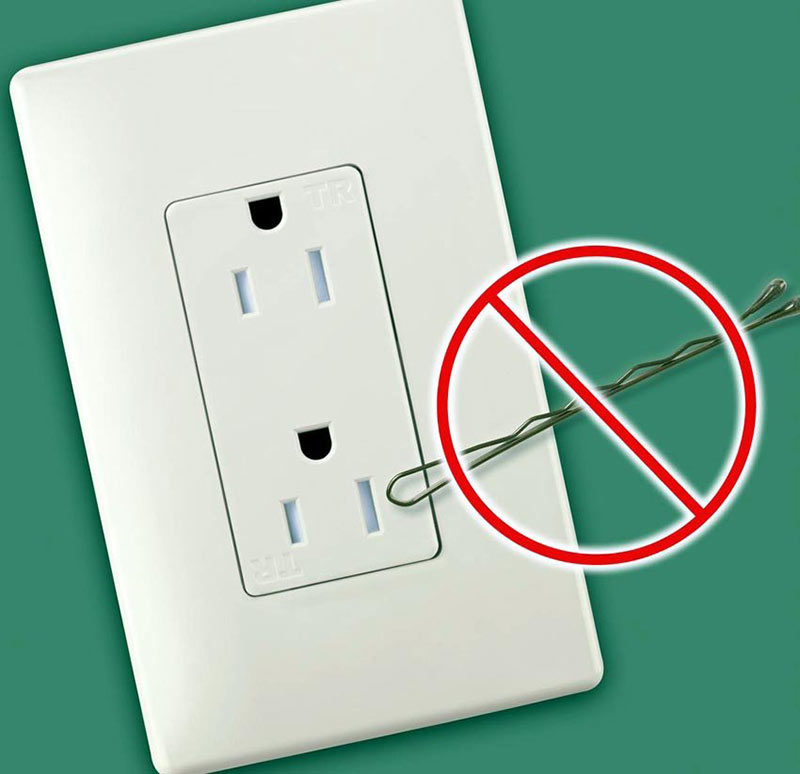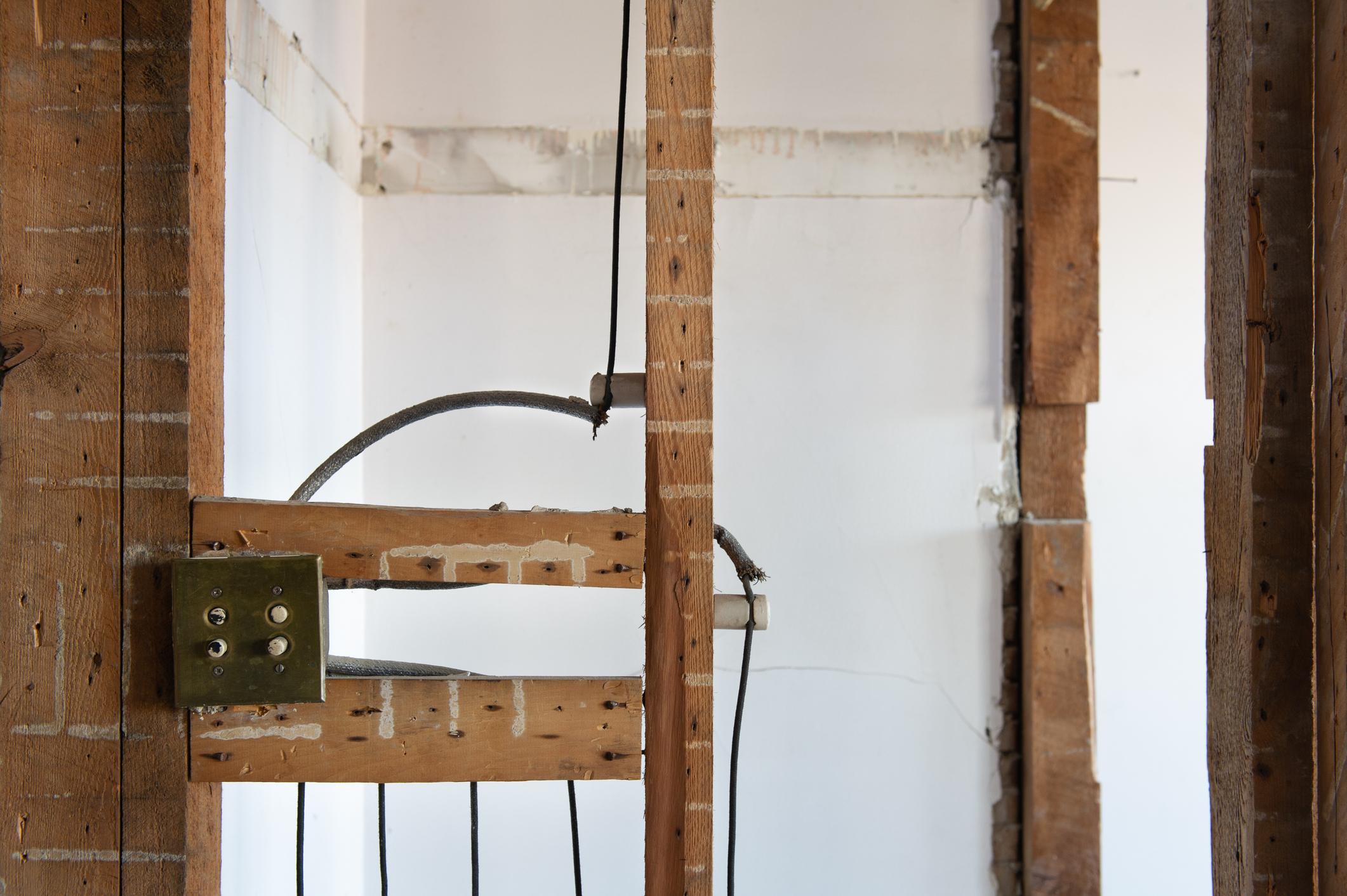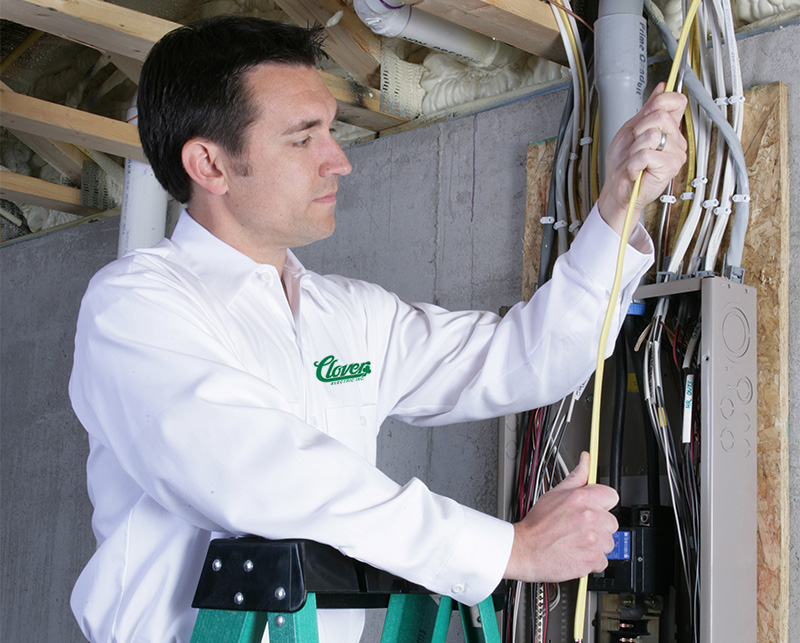There’s More To Electrical Outlets Than Meets The Eye
The humble wall outlet is much more than a convenient way to plug in a TV or lamp. Many outlets function as important safety devices, preventing electrical shock and protect your electronics. Did you know that the average home has over 75 electrical outlets? While the most common outlet is the standard 3-prong, 15 amp, 125 volt receptacle, there are dozens of varieties available. Here are two of the most important.
GFCI Receptacles
One of the most important safety devices in the home, the Ground-Fault Circuit Interrupter
monitors the power flowing to a plugged-in device. If, for example, a dryer is accidentally dropped into a tub full of water, the GFCI detects the interruption in current and cuts the power instantly – preventing electrocution.
Tamper-Resistant Receptacles
Each year, approximately 2,400 children suffer severe shock and burns as the result of placing ordinary household objects, such as keys, pins, or paperclips into the outlets. TR receptacles function like a standard outlet but include a built-in safety mechanism that helps prevent electricity from energizing anything that is stuck into the receptacle that shouldn’t be.
Tamper resistant receptacles have been required by the National Electrical Code in homes since 2008.
Signs You Need To Add Or Replace Outlets
- You’re running extension cords as a permanent solution for reaching outlets.
- The home has older 2-prong, ungrounded outlets.
- There are young children in the home; tamper-resistant outlets are essential to prevent accidents.
- There are no GFCI outlets in bathrooms, kitchens or outdoors as required by code.
- Outlets are warm to the touch, have burn marks, or give off a burning smell.






